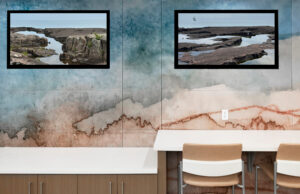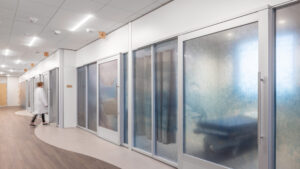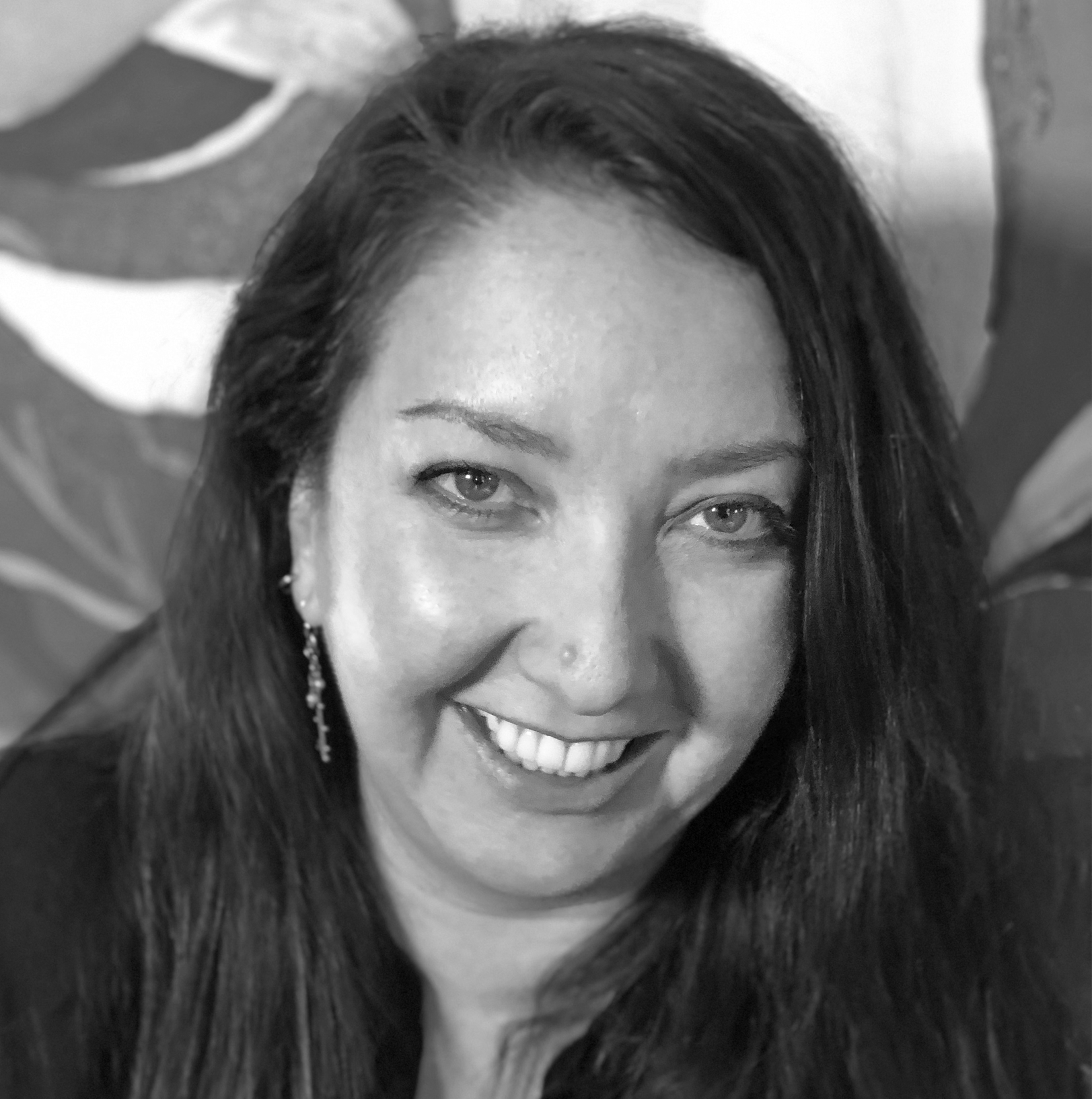From Caregiver to Designer: How My Experience Shapes Healthcare Environments
By: Heather Novak-Peterson
As designers, we often view the world through a specific lens — focused on form, function, and aesthetics. But sometimes, stepping outside of that role gives us a completely different perspective. Unexpectedly experiencing the built environment can be transformative, reshaping how we think about the impact of our work.
For me, that moment came when I stepped into the role of caregiver for my parents. The very spaces I once celebrated as “light and bright” suddenly felt alien, sterile, and even intimidating. What looked beautiful on paper wasn’t always humane in practice.
Being on the other side of the healthcare experience reshaped my approach as a designer. I saw firsthand how overwhelming and disorienting these environments can be, and it deepened my understanding of the role Environmental Graphic Design (EGD) plays in creating spaces that provide not just function, but care and comfort.
Seeing Design Through a Caregiver’s Eyes
 Walking into a hospital lobby filled with sleek white finishes may feel “clean” in renderings, but as a caregiver, it felt isolating and cold. Waiting rooms with stiff, narrow seating weren’t just uncomfortable — they made long hours feel even longer.
Walking into a hospital lobby filled with sleek white finishes may feel “clean” in renderings, but as a caregiver, it felt isolating and cold. Waiting rooms with stiff, narrow seating weren’t just uncomfortable — they made long hours feel even longer.
At one brand-new cancer center, patients and families were handed iPads instead of being guided by signage. What was meant to be innovative quickly became a nightmare of confusion. Families and even staff resorted to scribbling directions on post-it notes to find their way. In moments of high stress, that lack of clarity added another layer of anxiety. It reminded me that wayfinding is not just about getting from point A to point B; it’s about creating a sense of ease, dignity, and confidence when people need it most.
I also realized how much design shapes trust. When you walk into a brand-new clinic that feels cohesive and thoughtfully connected, you subconsciously believe you’ll receive better care than in a space that looks dated or thrown together. Design doesn’t just influence experience; it influences perception of care itself.
Designing for Comfort and Care
These caregiving experiences pushed me to think differently about my role as a designer. I began asking: how can EGD bring humanity back into healthcare environments?

I’ve seen the difference it makes when it’s thoughtfully integrated from the start. At a series of surgery centers in Minnesota, I worked on large-scale art installations in calming tones, placed graphics where patients and caregivers would see them, and even designed ceiling features for those lying in beds. The response was immediate. Patients said the artwork made them feel calmer, and staff shared that they preferred working in those locations because the environment itself reduced stress.
Those experiences confirmed what I had already begun to believe: that art and graphics in healthcare are not decorative extras. They are vital elements that connect people to comfort, safety, and humanity. Whether through biophilic imagery that brings nature inside, wayfinding that reduces stress, or subtle cues that enhance safety, EGD bridges the gap between care and comfort.
Why It Matters Now
Patients today have more choices than ever. They notice when a space feels cold and transactional or when it feels welcoming and supportive. Staff notice too, and the environments they work in affect both their well-being and their ability to care for others.
My caregiving experience taught me that healthcare design isn’t just about what we build — it’s about how people feel when they walk through the doors. Experiential Graphic Design has the power to transform healthcare spaces into places of trust, safety, and healing.
When we integrate EGD into the foundation of healthcare design, we create environments that support patients, families, and staff alike. That’s how we unlock value.

Let's Connect:
Heather Novak-Peterson,
Growing up drawing under her architectural parents’ drafting tables, Heather cultivated a devoted love for art and architecture and how, together, they can react to each other to create entire environments. Known for her enthusiasm and love for collaborating with people to visually articulate ideas, Heather’s unique point of view and endless imagination is contagious. Her work can be seen in offices, restaurants, residences, hotels and public spaces locally and nationally. Heather’s approach to her work is richly influenced by her passion for creating her own imagery and her technique applies color and line to everything from murals, furniture, textiles and sculpture to custom wall covering and public art through graphic design, photography, drawing, painting and ink washes. Reach out to her at HNovak-Peterson@nelsonww.com